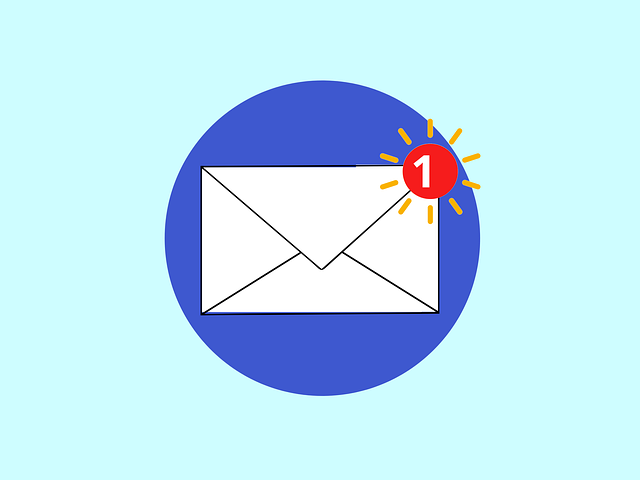Generating leads is essential for any business, regardless of size or industry. Leads are potential customers who have expressed an interest in what you have to offer, and capturing them is the first step in turning them into paying customers.
You can use several methods to generate leads, from online advertising and SEO to cold calling and networking. The key is to find the best way for your business and your target market.
This guide will cover everything you need to know about lead generation.
What Is Lead Generation?
Lead generation is attracting and converting strangers into customers, or ‘leads.’ This is usually done through marketing activities like webinars, ebook downloads, or white papers.
The goal of lead generation is to get people interested in what you’re selling to be more likely to buy from you. The first step is to get their attention, and the second step is to get them to take some action, like filling out a form or signing up for a newsletter.
The process of lead generation can be divided into two parts.
1. Attracting Strangers and Getting Their Attention
The first part is all about getting noticed. It would help if you found ways to get in front of your target audience and make a good impression. Once you’ve caught their attention, you need to give them a reason to take action, like signing up for your email list or downloading an ebook.
There are several ways to attract strangers and get their attention. Some standard methods include:
- Advertising: You can use paid advertising to reach people who are most likely interested in what you’re selling. This includes things like Google AdWords, Facebook Ads, and LinkedIn Ads.
- Email marketing: This involves sending out emails to people who may be interested in what you’re selling. The goal is to build a relationship with them so that they eventually become customers. However, it all depends on the quality of your email list. It is best to get premade accountant mailing lists with qualified recipients.
- Content marketing: Creating valuable content (like blog posts, ebooks, and webinars) that your target audience will find helpful is a great way to attract leads. People are more likely to sign up for your email list or download an ebook if they think it will help them.
- Social media: Using social media platforms like Twitter, Facebook, and LinkedIn to connect with potential leads and customers is great for generating leads. You can use social media to share your content, run ads, or even hold live events.
- Search engine optimization: Making sure your website and blog posts are optimized for the right keywords will help you attract leads searching for what you have to offer.
Once you’ve attracted strangers and gotten their attention, you need to give them a reason to take action. This is where lead conversion comes in.
2. Converting Those Strangers Into Leads by Getting Them to Take Action
There are several ways to convert leads into customers, but the most common method is through some lead capture form.
A lead capture form is a form that you add to your website or blog that allows visitors to sign up for your email list or download an ebook in exchange for their contact information.
The key to a successful lead capture form is to make it easy to find and fill out. The best place to put it is above the fold on your website, meaning it’s visible without having to scroll down.
You should also include a solid call to action (like “Download our free ebook!”) and make sure the form is short and easy to fill out.
Lead capture forms are a great way to convert leads into customers, but they’re not the only way. You can also use live events, webinars, or cold calling to generate leads.
The key is to find the best method for your business and your target market.
What’s the Difference Between a Lead and a Customer?
A lead is someone who has shown an interest in what you’re selling but hasn’t made a purchase yet. A customer is someone who has already bought from you.
Lead generation aims to turn strangers into leads and then convert those leads into customers. The first step is to get their attention, and the second step is to get them to take some action, like filling out a form or signing up for a newsletter.
Generating leads is one of the most important aspects of any business. The goal is to turn strangers into leads and then convert those leads into customers. There are several ways to generate leads. We hope this article will help you create an excellent lead generation strategy to increase your sales and revenue.

















